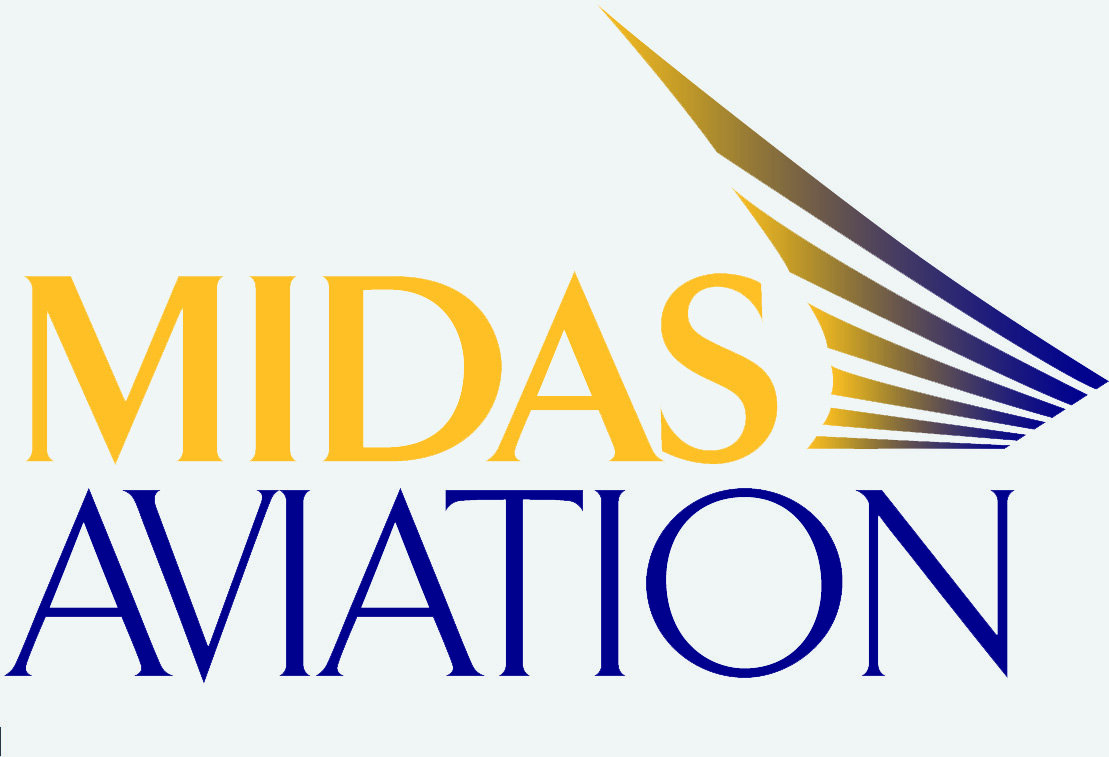Aviation's Lost Continent
Africa. Frequently mentioned as an after thought, rarely making the aviation headlines yet full of opportunities or threats depending on your SWOT perspective. The recent AviaDev Africa Conference in Cape Town provided an insight into some of these opportunities and challenges.
Persuaded to attend, I’ve survived to tell the story of a brilliantly organised event, fantastic set of engaged delegates and some incredible opportunities and frustrations. It wasn’t all that I expected.
Let’s start with the frustrations. Having been persuaded by my business partner to make the most of the trip to Cape Town by climbing Table Mountain I can vouch for the fact that climbing - no scrambling - over a cliff edge for two and a half hours to then tumble back down does nothing for the knees or the company insurance liability but the view were spectacular and the peace and quiet wonderful. Table Mountain was never on my bucket list….but it is impressive.
Equally impressive are the punitive levels of tax applied to aviation in Africa that frustrates demand everywhere. It is no surprise that the average African takes one flight a year (how do they get home?) compared to the European average of six and ten in North America. Hearing stories of US$150 tax on a US$50 fare doesn’t stifle demand it kills it!
Freedom of the skies whereby half of Africa signs up to the SAATM initiative and then continues to allow existing bi-lateral restrictions to apply is a nonsense. Discussion around a dispute resolution process rather than a Nike-style “Just Do It” attitude frustrates the initiative. Visas-on arrival priced at US$150 are also a nonsense. And then hearing that local airlines are denied 3rd/4th Freedom traffic rights to protect existing 5th Freedom services operating at obscure times of the day just smacks of protectionism. But who are they protecting?
Is it the shiny and brand-new long-range aircraft which use state of the art technology that are being acquired by new airlines? They sound great but make little sense. New national carriers with one or two long-haul destinations but little or no feed and limited local demand. Chicken, egg type thinking. There is a need to focus on the regional and the long-haul will come.
Indeed, two-thirds of Africa’s largest cities are not connected to each other by any kind of regular air service. Should delegates need to travel from West Africa to South Africa via the Middle East or Europe? Really?
But there is opportunity.
The success of Ethiopian Airlines is not just an Africa story. It’s a tale of careful development, clear strategic thinking, a market focus and pragmatic approach to Africa and the wider opportunities. Similar carriers are emerging in West Africa and, at the most simplistic level, the more that try the higher the chance that one will make it! Southern Africa has for many years had one or two challenges across its national carriers, but the private sector is certainly developing and providing choice.
Perhaps the greatest reason for optimism came from the delegates attending. As an observer it was interesting to hear their desire for change; the refusal to accept the status quo as being acceptable and the intent for change. Surprisingly for a major conference, nearly every delegate stayed in the conference hall until the end of the event – sign that the superglue worked, or people really wanted to listen and make a difference. A room with no “planted” questions for panellists was also refreshing.
All of which was under-pinned by a conference theme of “We Soar As One”. It may be ambitious, a BHAG that like many before it may not be reached. But if half the energy of the event could be harnessed then I could climb Table Mountain much quicker and, more importantly, Africa would no longer be a lost continent to aviation.
Fingers crossed on that happening!


